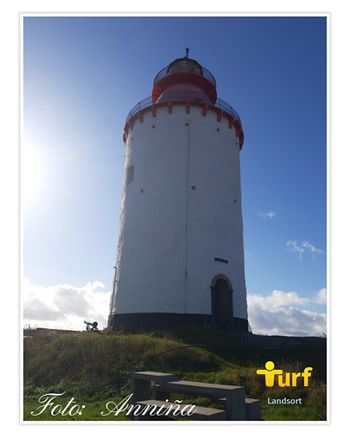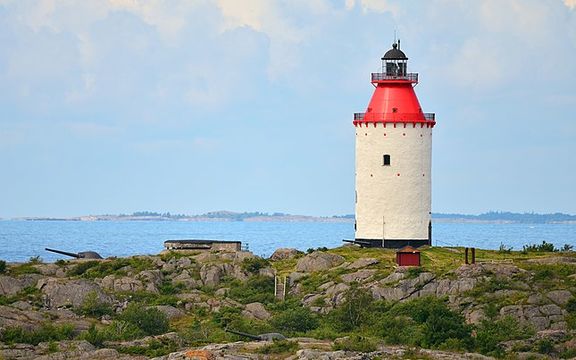Difference between revisions of "Zone:Landsort"
(Created page with "{{Zone |name = Landsort |image = 350px |imagetext = Picture taken by Anniña |symbol = |symboltex...") |
m (Typo) |
||
| Line 40: | Line 40: | ||
[[Category: Sweden]] | [[Category: Sweden]] | ||
[[Category: Stockholm]] | [[Category: Stockholm]] | ||
| − | [[Category: | + | [[Category: Nynäshamn]] |
[[Category: Lighthouses]] | [[Category: Lighthouses]] | ||
[[Category: Shores]] | [[Category: Shores]] | ||
Latest revision as of 18:15, 20 November 2022
| Landsort | |
|---|---|
 Picture taken by Anniña | |
| Information | |
| Difficulty | |
| Location | Nynäshamn, Stockholm, Sweden |
| Surface | Stone, Grass |
| Created | 2013-07-07 19:28:15 |
| Landsort at Turfgame.com | |
Landsort is a turfzone in the municipality of Nynäshamn in the region of Stockholm in Sweden.
Placement[edit]
This zone is placed in the village of Landsort on the island of Öja by the Landsort's lighthouse, south of Nynäshamn.
Landsort's Lighthouse[edit]
Landsort's lighthouse was built in the 1670s on the island of Öja in Torö parish, Nynäshamn municipality, Stockholm archipelago and is Sweden's oldest preserved lighthouse and state building monument since 1935.
Landsort's first lighthouse was erected in 1658 on the southern tip of the island by the Dutchman and merchant Johan van der Hagen. It replaced an earlier beacon that was supplemented with lighthouses and mirrors. It was probably the earliest attempts in Sweden to improve a lighthouse with mirrors.
The current lighthouse was erected in the early 1670s following a royal order from 1666 that a stone lighthouse should be built, as the old wooden lighthouse had burned down. It was van der Hagen's heirs who were responsible for the construction. The new lighthouse was fired with coal that hung in an iron basket outside the lighthouse itself. In 1840, the tower was rebuilt and got a lantern with rapeseed oil lamps and mirrors. Until 1840, the lighthouse was privately owned, then the crown took it over.
The current conical top was built in 1870 when the mirrors were replaced with Fresnel lenses and fitted with clockwork. In 1887, the kerosene lamp was replaced by a kerosene lamp and in 1907 by a so-called "lux lamp" (a type of highly efficient kerosene light bulb manufactured by the Lux company in Lilla Essingen). In 1938, the lighthouse was electrified and got its current optics. The last lighthouse keeper left in 1963, today the lighthouse is fully automated.
Gallery[edit]
Nearby zones[edit]
- ERSTABatteri (to the north)
